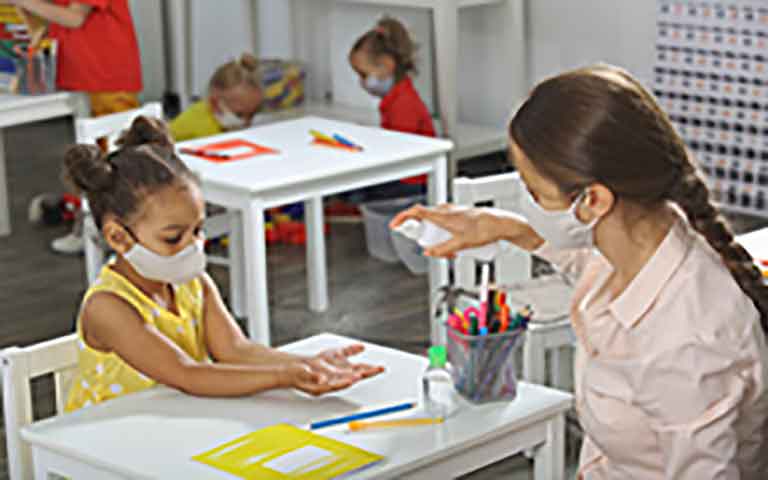Helpful Tips to Help Children Return to School Safely During COVID-19

During the COVID-19 pandemic, the lives of parents and children are struggling. Going back to school is an important and exciting thing, but you and your child may have many questions. Here is how to support your child’s coping styles.
When and how does the school resume classes?
The number of children returning to school is slowly increasing. Due to the closure of schools across the country, many students still fail to return to campus. But more than 70 countries have announced their school plans, and hundreds of millions of students have returned to campus.
Because of the difficulties of the current global situation and the differences in local conditions, countries are at different stages in their school resumption plans. Relevant decisions are usually made by the national or state government after discussions with local authorities. When deciding whether to resume classes in a school, the relevant authorities should take into account the local conditions and comprehensively consider the benefits and risks of education, public health, and society. These decisions should center on the best interests of each child, based on the best available evidence, but the specific circumstances vary from school to school.
Is it safe to send children back to school now?
Generally, in various countries and regions, the restoration of schools is not an isolated measure, but part of a series of other restoration measures. Such as the restoration of factories, public transportation and commercial activities.
The school must plan and study how to ensure the safety of students, teachers, and other staff after returning to the school.
The situation after school resumes may be slightly different from what you and your child used to be. After the school resumes classes for a period of time, it may decide to temporarily suspend classes again based on local conditions. As the situation is constantly changing, it is necessary to be flexible at any time to ensure the safety of every child.
What protective measures should schools take?
School resumption should be consistent with the overall health response measures for COVID-19 in various countries and regions. To help protect students, staff and teachers. Some practical measures that schools can take include:
- Stagger the time period to go to school.
- Stagger the time to eat.
- Implement a shift system to reduce class size.
- Use air purification equipment to ensure clean air in the classroom.
Water supply and sanitation facilities will be the key to the school’s safe resumption of classes. Schools should try to improve hygiene measures. This includes washing hands, breathing etiquette (cover your elbows when coughing and sneezing), maintaining social distancing, and wearing a mask. Cleaning procedures for school facilities and safe meal preparation measures. Managers and teachers should also receive training on social distancing and school hygiene measures.
Students all over the world have expressed how much they want to continue learning. With the support of teachers and parents, they persisted in their studies under difficult conditions.
However, after school resumes, many children need additional support to keep up with their learning progress.
Many schools are developing make-up plans to help students resume their learning progress. This includes reviewing or remedial courses, after-school projects, or supplementary homework at the beginning of the school year. Considering that many schools may not be open full-time or open to all grades, schools can adopt a “mixed teaching” model. Namely classroom teaching and distance learning (through home practice, radio or online learning).
Provide extra support for children at home and create a regular school schedule. This is helpful for children who are upset and unable to concentrate.
You may want to contact your child’s teacher or school to ask some questions and get relevant information in time. Make sure to keep teachers and schools aware of the difficulties your child is facing, such as anxiety caused by the epidemic.
Help children maintain their daily routines, integrate learning into daily activities, and make learning more interesting. You can also join parents or community groups to exchange ideas and gain support from other parents who have the same experience.




